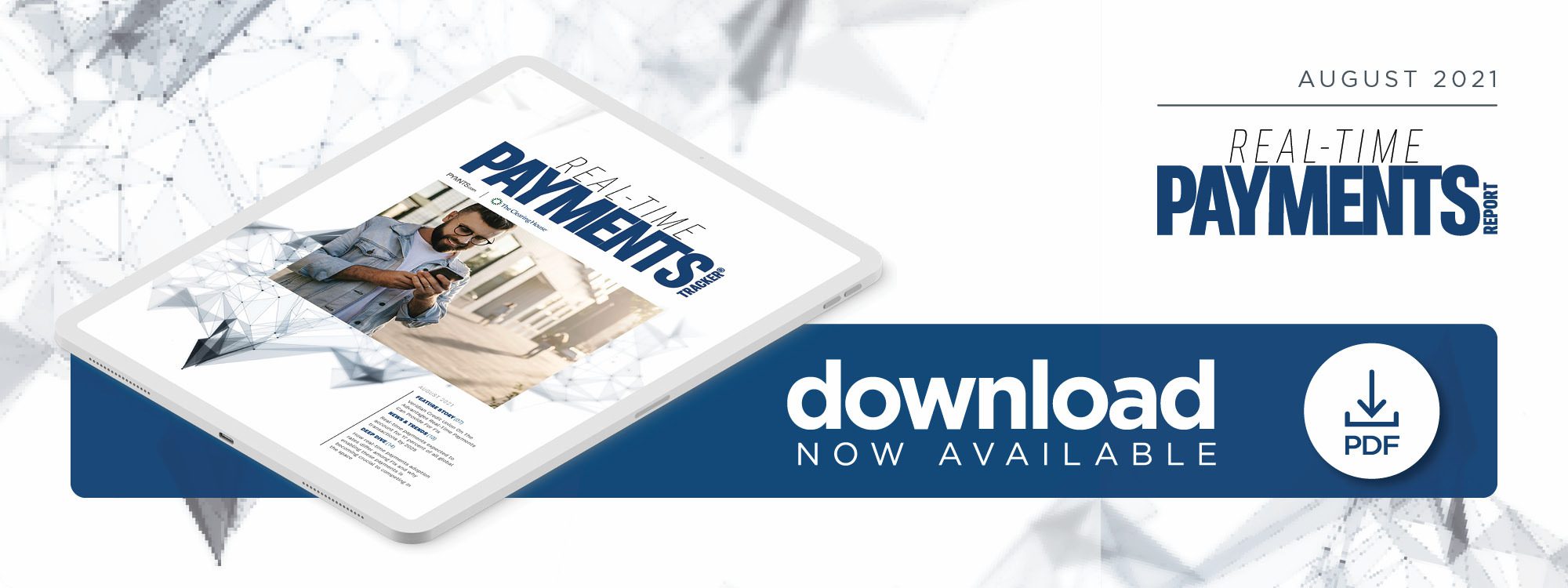Veridian Credit Union on the Advantages Real-Time Payments Can Provide for FIs

As credit unions embrace real-time payments as a way to compete with their digital-first rivals, they’re also encountering new security challenges. In this month’s Real-Time Payments Tracker, PYMNTS spoke with Brett Engstrom, chief information officer of Iowa-based Veridian Credit Union, about preventing potential fraud risks in real-time payments and the value of rigorous employee and member education.
Real-time payments are rapidly gaining steam in the financial industry, with more than 150 different financial institutions (FIs) currently integrated with The Clearing House’s RTP® network and the Federal Reserve’s FedNow service on track to launch in 2023.
Individual consumers are beginning to demand real-time payments capability of their FIs, with 30% considering it a key factor when selecting a bank and 24% willing to switch banks if they lacked this capability.
FIs are exploring several options to integrate real-time payments capabilities, including Iowa-based Veridian Credit Union. The FI recently partnered with Alacriti to access real-time payments through The Clearing House’s network, according to Chief Information Officer Brett Engstrom.
“We identified real-time payments a couple years ago as something that we were certainly interested in,” he said. “Obviously it’s still fairly new to the industry, so we’ve been impatiently waiting to get our hands on that functionality for both our members and business partners. We started looking for vendors to partner with back in June of 2020, started with about six potential solutions and narrowed down eventually to partner with Alacriti.”
Engstrom spoke with PYMNTS about the benefits that real-time payments can offer credit union (CU) members and business partners, as well as future challenges facing real-time payment adoption in the financial world.
The Benefits of Real-Time Payments for FIs
Veridian’s real-time payments journey began with its business partners, who wanted to provide its customers with quicker and more convenient payment options. The next step was to extend real-time payments capabilities to the CU’s individual members, according to Engstrom.
“The initial use case was that a few of our business partners’ customers and clients were pushing them in that direction, to have that access to instant money movement,” he said. “Phase two will be to implement some faster payment options on the member side. What we’re hoping to accomplish: There will be faster payment options for both peer-to-peer as well as potentially some faster options for bill payments.”
The rollout was not entirely seamless, however, with Veridian facing the typical hiccups that come with leveraging cutting-edge technology. Real-time payments are still a relatively new phenomenon, and FIs thus lack the institutional knowledge that traditional banking processes have in spades.
“The biggest challenge with real-time payments, or anything as new as that, is that because it’s so new to the industry, there really are no seasoned veterans,” Engstrom explained. “This changes the due diligence process a little bit, since you really need to rely more on a partner’s vision and architecture and less on their years of experience and references. Thorough testing and [quality assurance] are critical to ensure the rollouts go smoothly.”
Real-time payments are still a relative rarity among CUs, however. Concerns about cost and potential fraud have made many shy away from this new technology, but these worries will need to be faced if CUs wish to remain competitive in the payments space.
Future Challenges in Real-Time Payments
The biggest future challenge for real-time payments, according to Engstrom, is that new digital channels often open up entry points for fraudsters and other bad actors. It will be incumbent on FIs to keep themselves and their customers safe and prove real-time payments can provide the benefits they tout.
“The biggest fear with real-time is the increased risk to the financial institution that comes along with that immediacy,” he said. “We’re taking a lot of steps just to make sure that you know we’re looking at all possible fraud vectors and ways that the bad guys might want to exploit real-time payments.”
Training and education for both members and CU staff on possible fraud threats like phishing and social engineering will be critical for preventing fraud in real-time payments. Even with this possible risk, however, consumers have come to expect immediacy in every part of their digital lives, and that includes financial services.
“Everything’s going digital, everything’s going mobile, and the pandemic seems to have fast-forwarded everything by about six years,” Engstrom said. “People are using things like remote check deposit, where before they wouldn’t even consider that. The biggest trend is everything needs to happen now — people want things to move instantly, whether it’s money or cards or provisioning.”
The ability to meet consumers’ demands for immediacy could very well be the factor that determines which FIs succeed and which ones fall by the wayside. Those that jump on real-time payments the quickest could have the competitive edge in the modern, lightning-fast financial landscape.

